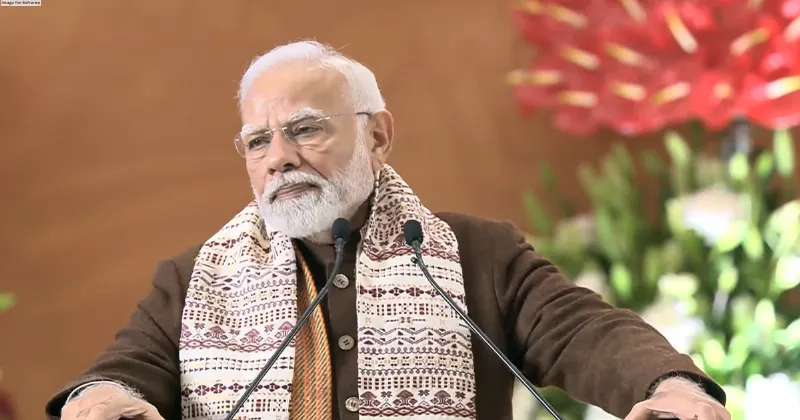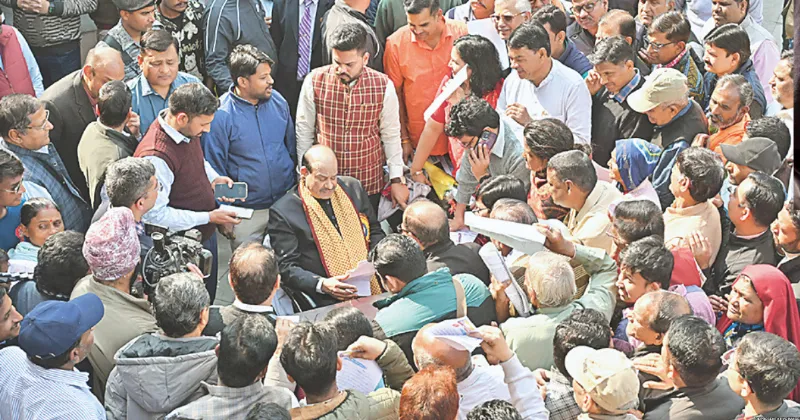Changing the culture at the World Bank
.png)
Ajay Banga, the newly appointed President of the World Bank, is taking the helm at a pivotal moment. The devastating effects of the COVID-19 pandemic have impeded progress in developing countries and pushed 124 million people into extreme poverty. And Russia’s full-scale invasion of Ukraine, which has exacerbated inflation and US-China tensions, promises to trigger even more volatility. Consequently, the Bank projects that economic activity in emerging economies will not return to pre-pandemic levels by 2024.
Low and middle-income countries need the World Bank to spearhead global efforts to reduce extreme poverty and enhance living standards. By helping them to reduce their debt burdens and combat climate change, the Bank could also help to improve their air and water quality, increase their access to clean energy, and bolster their food security.
But skepticism about the Bank’s capacity to address the challenges facing developing countries is running high. In a recent speech, Banga said that the World Bank needs a “new playbook” for engaging with the developing world. While this is undoubtedly true, any updated strategy must acknowledge a fundamental truth: the Bank is unlikely to have enough capital to finance the investments required to address the enormous challenges facing poor countries. Given this, it must mobilize its knowledge and relationships, as well as its capital, to encourage investments that enhance growth and employment while also facilitating the green transition.
That means establishing itself as its stakeholders’ partner of choice. By collaborating with policymakers in developing and developed countries, other multilateral development banks, and the private sector, the World Bank could incentivize what Banga has called “informed risktaking.” This approach would enable the Bank to use its limited balance sheet to encourage private, public, bilateral, and multilateral lenders to increase their annual investments in sustainable development from “billions to trillions” of dollars. But first, Banga must guide the institution toward complete transparency.
The Bank’s technical teams, working closely with other multilateral lenders, must estimate the additional output that each dollar invested in such projects could generate. For example, consider a project that contributes 30 cents to GDP for every dollar of investment, resulting in a 30% rate of return. For such a project to be deemed economically viable, the borrowing cost would need to remain below 30%.
Bertrand Badré The writer is a former managing director of the World Bank, is CEO and Founder of Blue like an Orange Sustainable Capital and the author of Can Finance Save the World?
Peter Blair Henry The writer is a senior fellow at the Hoover Institution and the Freeman Spogli Institute for International Studies, is the author of Turnaround: Third World Lessons for First World Growth
SOURCE: PROJECT SYNDICATE






















